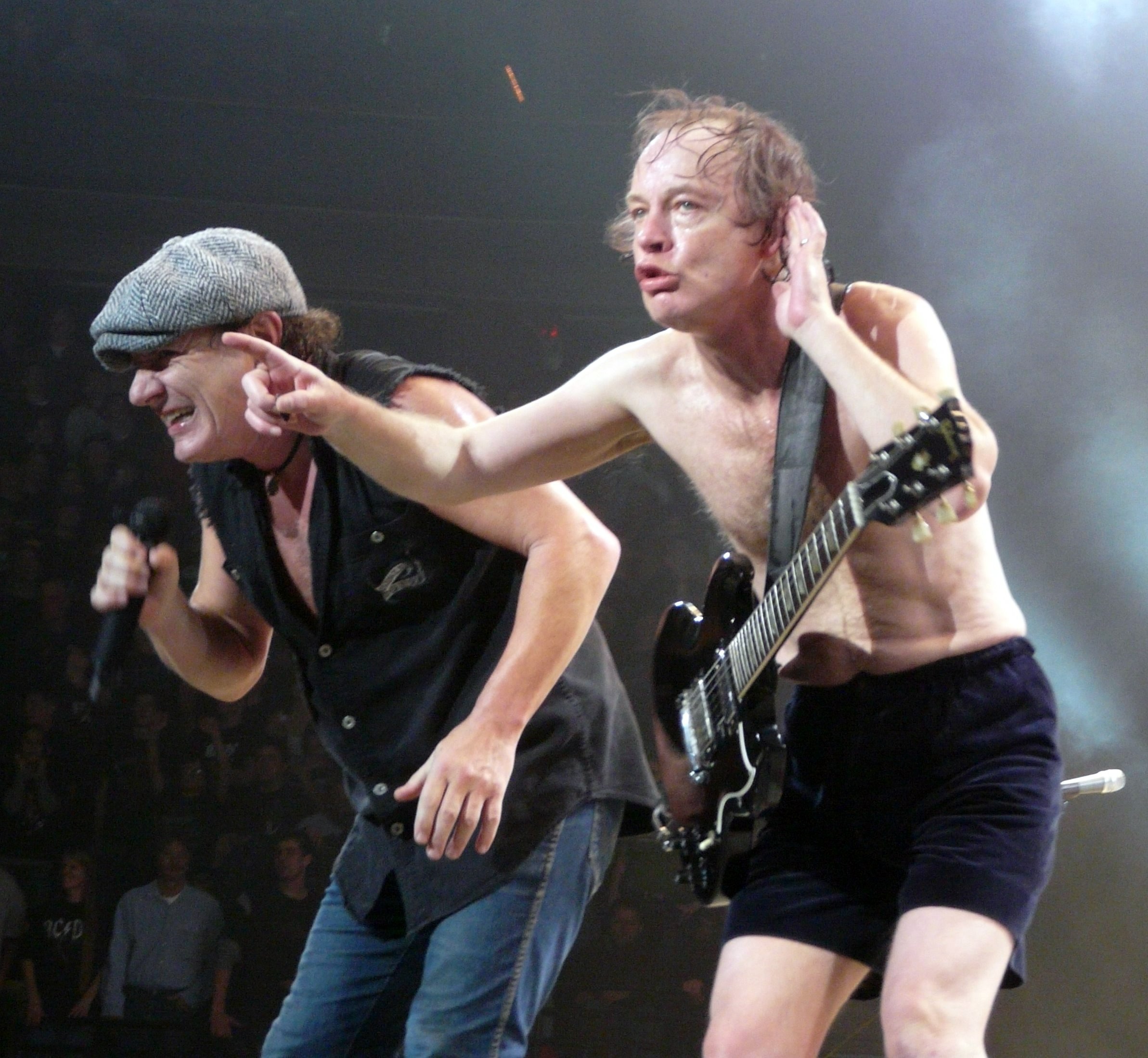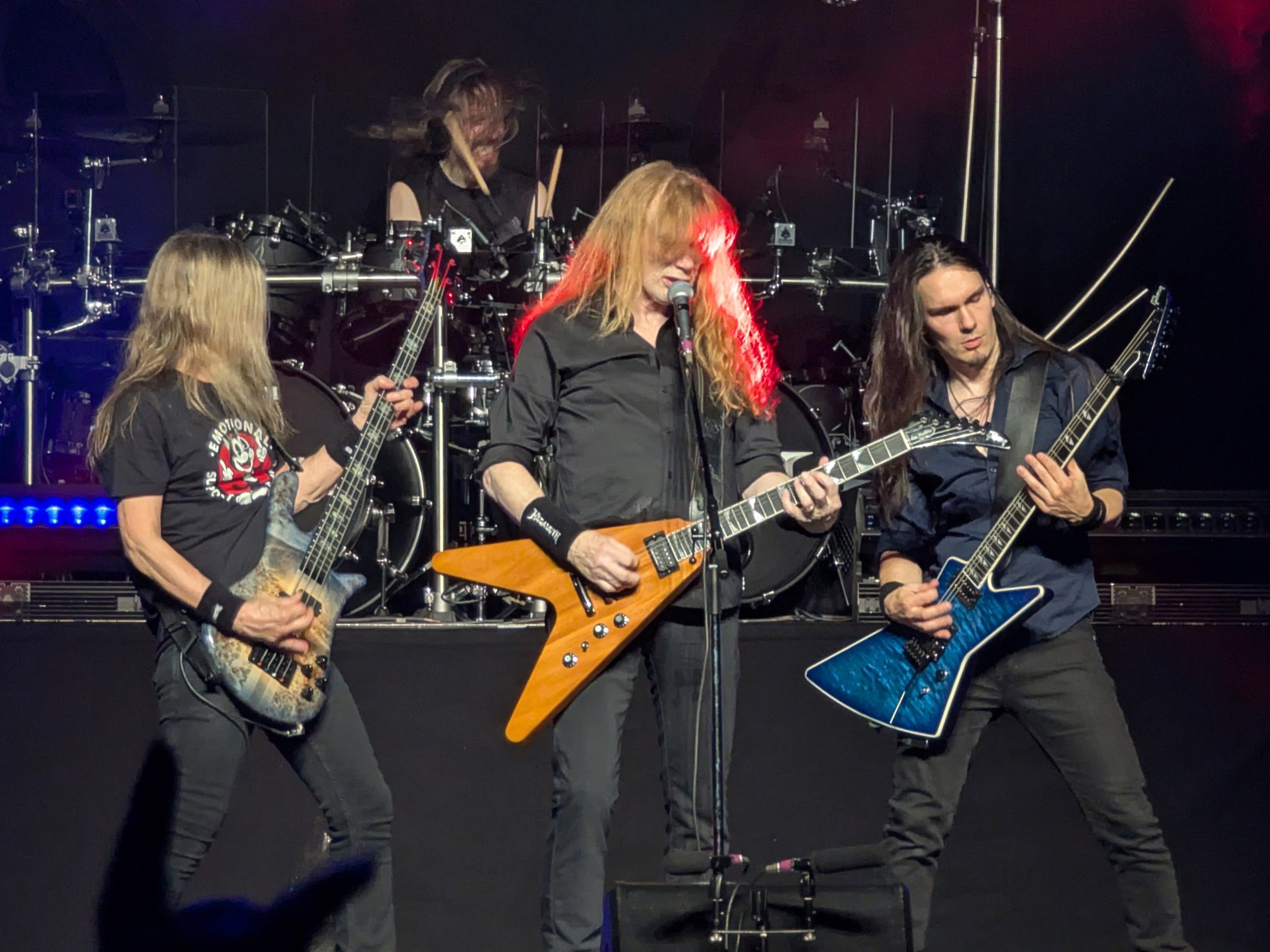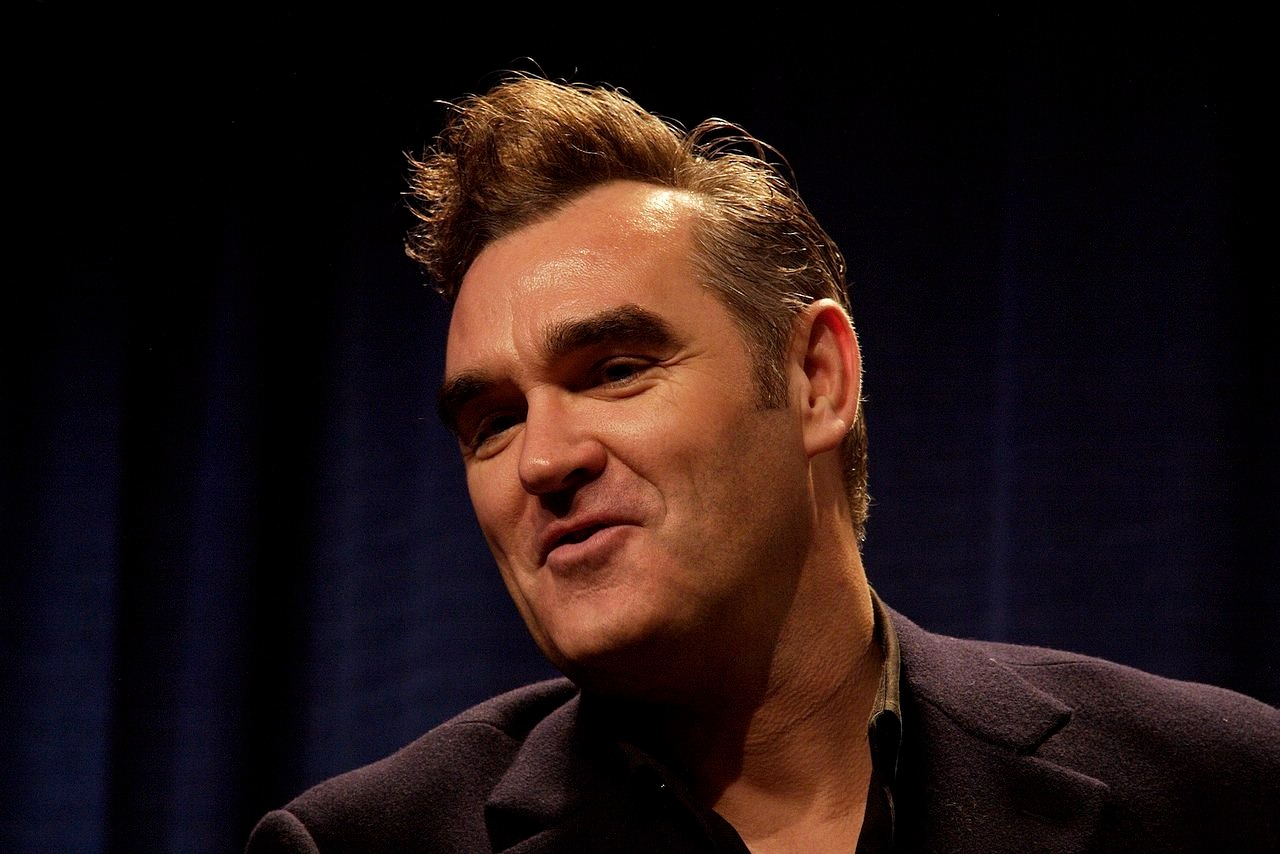AC/DC’s Power Up Tour lived up to its name a bit too literally at Edinburgh’s Murrayfield Stadium on August 21, 2025. The legendary rockers didn’t just deliver thunderstruck performances—their finale fireworks display exceeded the city’s permitted noise levels, triggering eight official complaints from residents.
One local even reported that their home lights were flickering due to a massive power draw. Council employees monitored sound levels throughout the show, including during the sound check the day before.
The violation wasn’t from Angus Young’s guitar heroics or Brian Johnson’s vocals—it was specifically the pyrotechnic finale that crossed Edinburgh’s regulatory red line.
Part of Growing Stadium Show Pattern
Oasis concerts at the same venue prompted similar resident complaints.
This wasn’t an isolated incident at Murrayfield. Oasis’s three August concerts at the same venue generated comparable noise complaints, revealing a broader tension between major touring acts and Edinburgh’s urban environment.
The pattern got personal when Liam Gallagher publicly criticized Edinburgh City Council on social media after leaked briefing documents contained unflattering stereotypes about Oasis fans.
These back-to-back controversies highlight the collision between rock’s tradition of bombastic spectacle and modern cities’ quality-of-life regulations. When your neighbors can feel AC/DC’s power consumption in their living room lighting, you’ve crossed from entertainment into infrastructure impact.
Fireworks Face Stadium Ban
Council staff recommend eliminating pyrotechnics from future major concerts.
Edinburgh City Council staff are now recommending a complete fireworks ban for future stadium events. The proposal aims to keep major concerts within permissible noise thresholds while preserving the city’s ability to host headline acts.
This decision could reshape how major tours design their Edinburgh stops. For bands built on visual spectacle—think pyrotechnics, explosive effects, and sensory overload—losing fireworks means reimagining climactic moments that have defined rock concerts for decades.
The broader implications stretch beyond Edinburgh. As urban density increases and resident expectations shift, cities worldwide face similar balancing acts between cultural attractions and community comfort. You want the economic boost of major tours, but not at the cost of turning neighborhoods into unwilling concert venues.


























